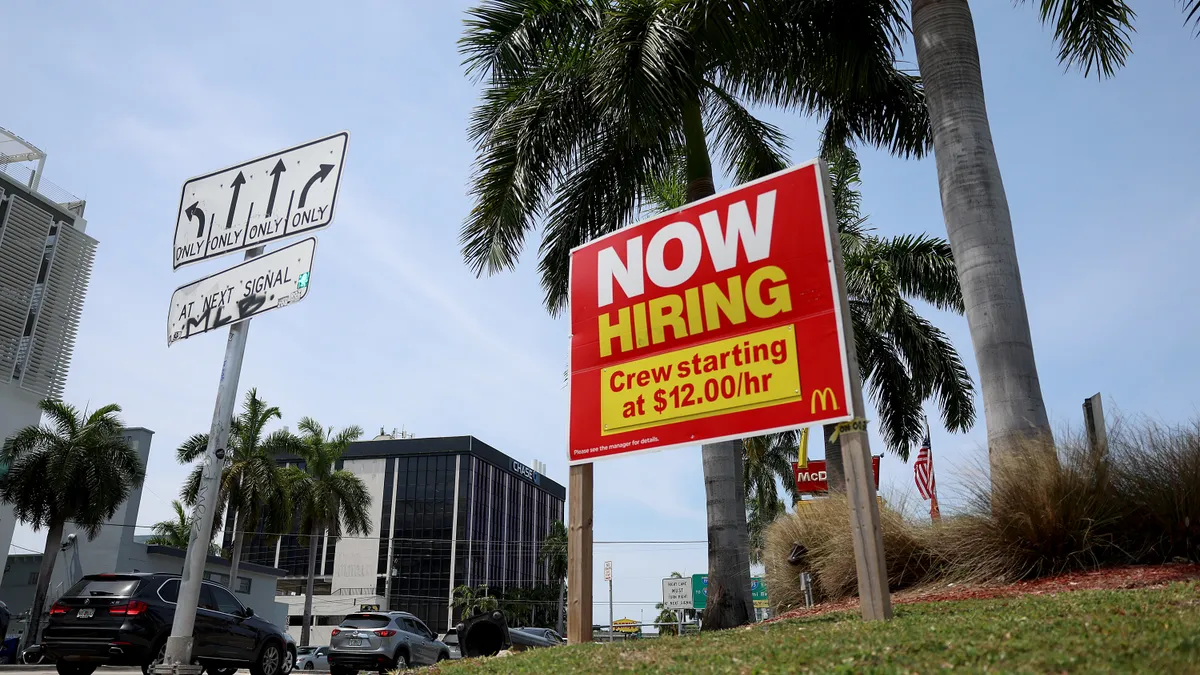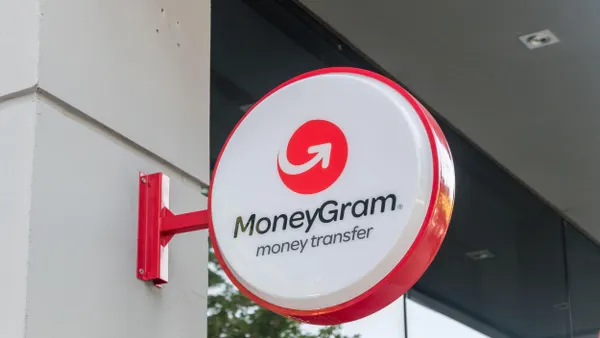Michael Ballou is a senior director in the Consulting’s Data & Analytics practice at FTI Consulting. Views are the author's own.
Even for the most seasoned corporate finance professionals, accurately forecasting performance is challenging. Developing a reliable lens into future performance is a critical task that drives a company’s success, enabling strategic planning and limiting surprises.
Cost forecasting has its own unique challenges, but generally an organization has more control over how much it spends than how much it sells. Sales forecasting involves quantifying the revenue impact of future customer behavior, which typically involves multiple time-consuming steps, various data extracts, input from individuals across business functions and a fair amount of guesswork.
Legacy forecasting processes may provide valuable information, but in my experience, the complexity and manual processing time that they require tends to restrict re-forecasts to monthly, quarterly, or even semi-annual exercises. As a result, strategic decisions are often based on stale projections that cannot and do not account for changes to the sales environment in real time.
The challenges of legacy sales forecast processes
A typical sales forecast looks something like this:
The finance team creates baseline revenue projections from sales to existing customers, usually sourced by an analysis performed on general ledger data that accounts for seasonality and other known business cycle trends.
The sales team then layers on projected new business, sourced from an extract of customer relationship management (CRM) opportunity records that have been manually analyzed for sales funnel stage, win probability and opportunity size.
Finance and sales will then work together, perhaps with customer care and IT, to project future lost business based on an analysis of the competitive environment, expiring contracts, subscriptions, and a variety of other risk factors.
This basic process might yield a reliable sales forecast, but it has required time from four business functions and undergone three manual analyses. That is before layering in the complexities specific to every business — for example, the impact of manufacturing on order fulfillment, product installation timelines for new customers, or a high customer churn rate driven by aggressive new-customer pricing. Each of these considerations require their own analysis to address the impact on revenue projections.
After building an internally focused forecast, companies then must account for external factors, such as shifting consumer tastes, macroeconomic swings, and competitive challengers entering the marketplace, all of which could have an outsize impact on the forecast.
By the time an updated legacy forecast is finalized, days or even weeks of work will have been required, and the result will be static until the next forecast is created.
Developing a virtual sales forecast
There is a better way, and it is called the virtual sales forecast (VSF). Most modern organizations have a set of analytical tools at their disposal that can facilitate a more efficient, accurate and actionable sales forecast by connecting data sources and automating analyses, assumptions and adjustments that have historically been performed manually. Think of it as building a robotic assembly line for your sales data.
Instead of pulling data extracts into Excel for analysis, data warehouse architectures use back-end connectors and application programming interfaces (APIs) to access CRM records, financials, order entry systems and other key forecast drivers. Automated procedures join the disparate data, crunch numbers and deliver results that would take a manual process days or even weeks to produce. And data visualization tools such as Tableau and Power BI provide an infrastructure to cleanly visualize and securely distribute reports across entire organizations.
The benefits do not stop at refresh frequency — the VSF also projects results at a more actionable level of detail. Due to front-end software constraints and manual processing limitations, a traditional sales forecast is typically a top-down exercise, constructed with assumptions applied to summary results, which are then adjusted for major customers and known events. This means the traditional forecast is stuck at the level of detail at which it is produced.
The VSF is constructed as a bottom-up model by relying on data connections and processing power to provide granular level detail. The VSF model applies the appropriate forecast methodology to each individual customer and product, and then aggregates projected revenue at any level of detail available within the data set (e.g., customer type, product category, or sales region). Reports can be securely distributed across an organization by using the data visualization software’s row-level security functionality that seamlessly allows senior executives to see the entire business while regional managers only view their own customers.
Benefits of the VSF
When properly designed and executed, the VSF automatically delivers a fresh sales forecast in a clean, concise dashboard each morning. The numbers incorporate the most recently available information across the organization, including elements of the general ledger, customer relationship management tools (e.g., Salesforce), operational data stores (ODS), manufacturing software and master data attributes.
On a recently completed project for a telecommunications and media company, my team was able to transform the legacy forecast process into a modern VSF that enables —
- Sales executives to see the forecasted revenue impact of new, won and lost sales opportunities, and updated contract win probabilities
- Operations and supply chain leaders to manage the upcoming revenue risks associated with accelerations or delays in a product installation schedule
- Product managers to understand the magnitude of how shifting development timelines affect future revenue streams
- Customer care representatives to plan for activities needed as the result of unexpected daily spikes or dips in order entries.
Perhaps most importantly, the finance team is constantly learning from interactions between various revenue drivers and assessing needed updates to the forecast methodology.
From an organizational perspective, executives now can drill into specific elements of the VSF to understand issues, assess drivers of change and make informed decisions on immediate concerns while also absorbing valuable information for long-term strategic planning. Day-to-day managers use the VSF to drill into specific customers, regions, consumer types, or product designations as they please, informing business decisions and freeing up valuable time for analysis and action. And instead of refreshing projections monthly or quarterly, each morning brings an updated forecast.
This particular project took 10 weeks to complete, but timelines can vary from six to 12 weeks, depending on data complexity and systems involved. The outcome of this one-time effort is a sustainable, automated and repeatable process with limited burden on the IT organization to maintain. The finance, accounting and customer care organizations can focus on forecasted impacts and business improvement opportunities instead of manual data collection and manipulation. And perhaps most importantly, the connectivity and level of detail provided by the VSF empowers companies to measure and refine forecast accuracy over time, leading to more reliable projections and better business outcomes.
The views expressed herein are those of the author and not necessarily the views of FTI Consulting, Inc., its management, its subsidiaries, its affiliates, or its other professionals. FTI Consulting, Inc., including its subsidiaries and affiliates, is a consulting firm and is not a certified public accounting firm or a law firm.




















